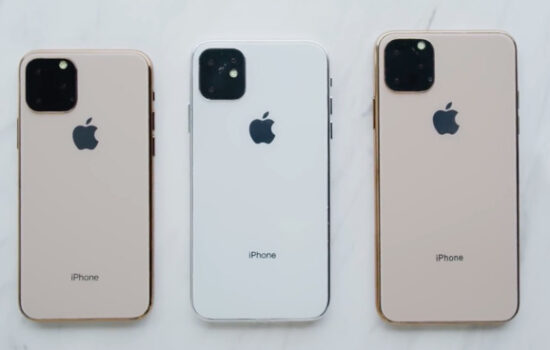Apple has unveiled the complex engineering behind its latest wearable devices, marking a significant departure from traditional manufacturing techniques. For the first time, the production of cases for both the Apple Watch Ultra 3 and the titanium Apple Watch Series 11 is being executed entirely through 3D printing. Utilizing 100% recycled aerospace-grade titanium, this transition represents a major advancement in Apple’s supply chain capabilities and environmental strategy.
The adoption of “additive” manufacturing contrasts sharply with the industry-standard “subtractive” methods, where components are carved from large blocks of metal, creating substantial waste. By printing layer by layer, Apple reports a 50% reduction in raw material usage compared to previous generations. Sarah Chandler, Apple’s Vice President of Environment and Supply Chain Innovation, notes that this efficiency allows the company to produce two watch cases using the material previously required for one. Consequently, Apple projects a savings of over 400 metric tons of raw titanium in the current year alone, a critical step toward the “Apple 2030” carbon neutrality initiative.
The technical execution of this process requires extreme precision. It begins with the atomization of titanium into a fine powder, utilizing controlled oxygen levels to ensure stability. Inside the manufacturing units, six lasers operate simultaneously to fuse this powder, constructing the watch case across more than 900 distinct layers. Each layer measures exactly 60 microns in thickness, a specification that demands a balance of speed and accuracy previously unseen in mass-market consumer electronics.
Despite the change in production methodology, Apple maintains that the structural integrity and cosmetic finish of the devices meet the company’s stringent standards. The process yields the durability necessary for the rugged Apple Watch Ultra 3 and the high-polish finish characteristic of the Series 11. Following the printing phase, the components undergo “depowdering” via ultrasonic shakers and “singulation” using electrified wire saws. An automated optical inspection system then verifies that every unit aligns with precise dimensional specifications.
Beyond material efficiency, this manufacturing technique enables design architectures that were previously impossible with traditional forging. 3D printing allows for the creation of specific textures on the inner surfaces of the metal, which facilitates stronger bonding between the metal case and internal plastic components. This innovation has directly enhanced the waterproofing capabilities of the antenna housing in cellular models.
The expertise gained from this transition extends beyond the Apple Watch product line. The same recycled titanium powder and printing technology were utilized to develop the titanium enclosure for the USB-C port on the new iPhone Air, enabling a thinner yet durable chassis design. This cross-product application highlights how Apple is leveraging material science to drive systemic change across its hardware ecosystem.
Stay updated with the latest news on this by downloading the Appleosophy App from the App Store or by visiting our website.








